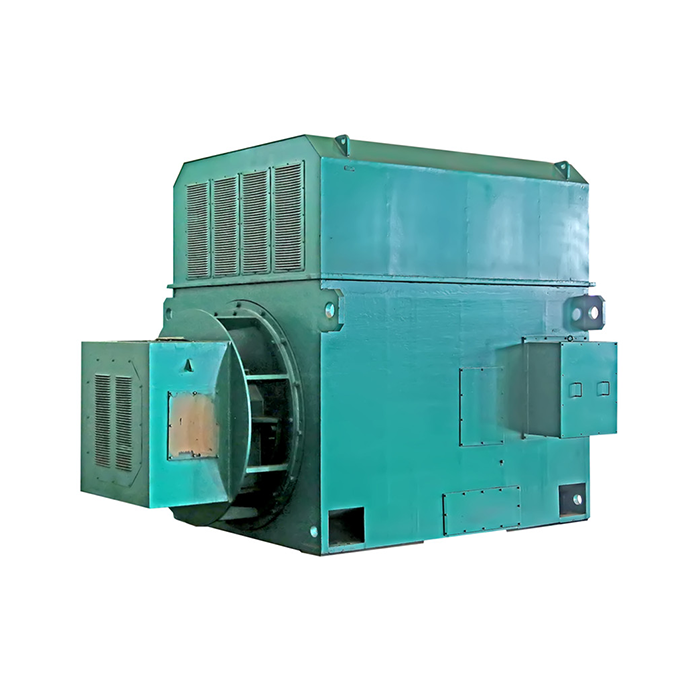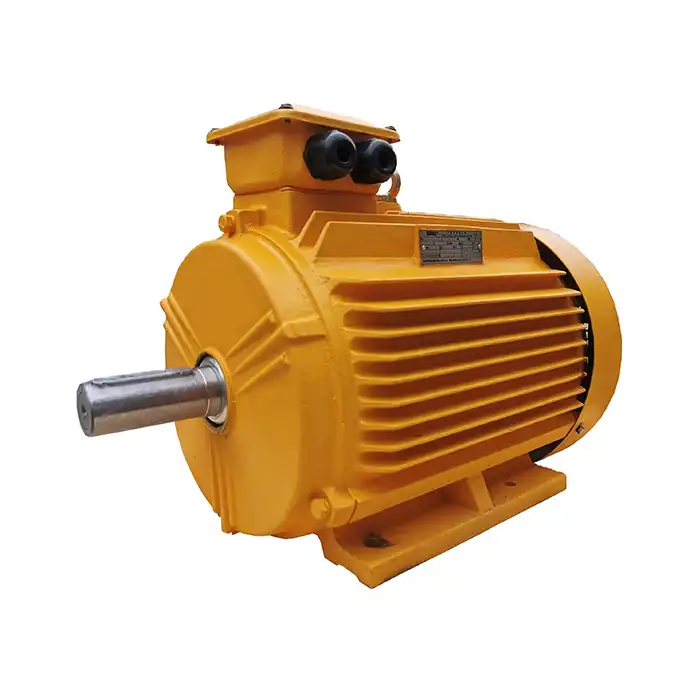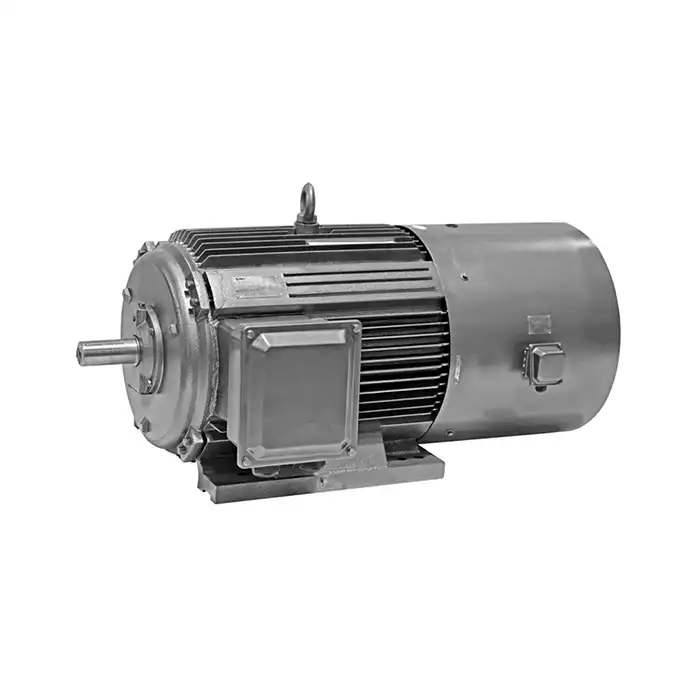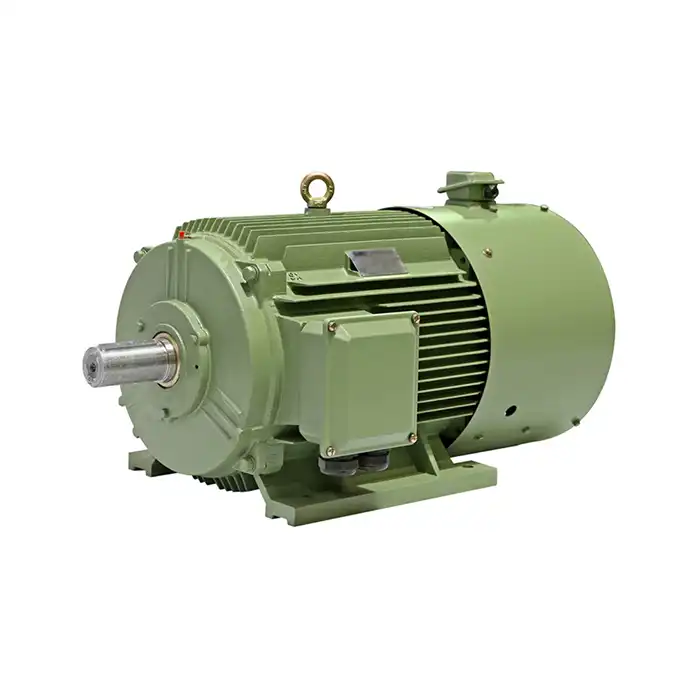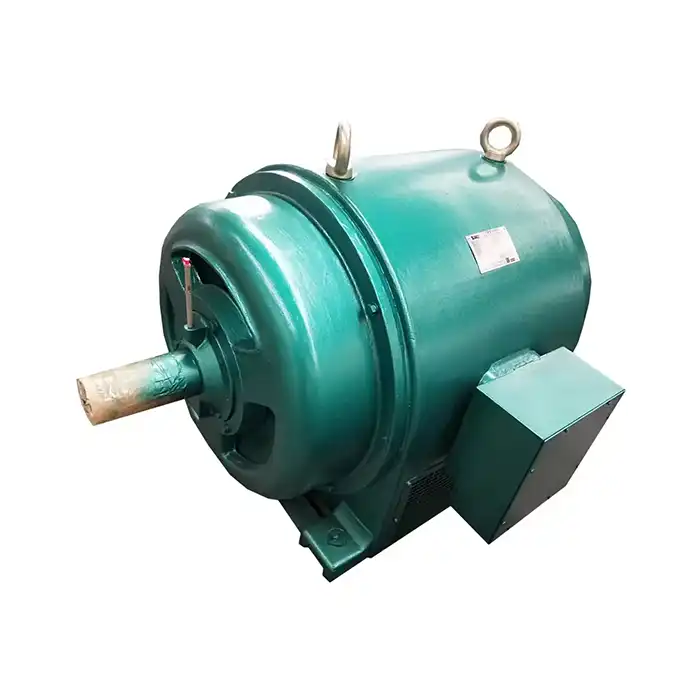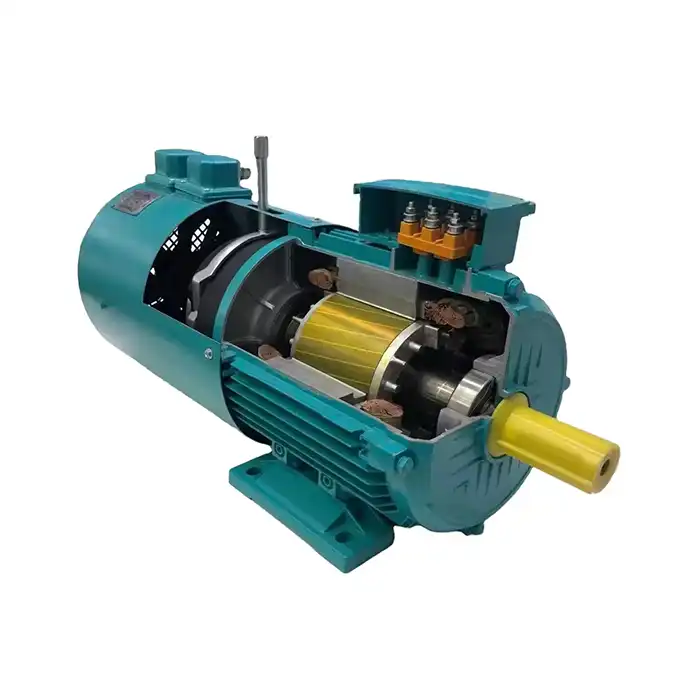How Do 630 kW Motors Perform in Mining Applications?
The mining industry relies heavily on powerful and dependable machinery to extract and process valuable minerals from the earth. Many mining operations use 630 kW motors, which play a crucial role in powering various equipment and processes. These robust motors are designed to withstand the harsh conditions of mining environments while delivering exceptional performance and efficiency.
In this comprehensive guide, we'll examine how 630 kW motors perform in mining applications, exploring their use in mineral processing equipment, dust protection ratings, and vibration resistance requirements. By understanding these key aspects, mining professionals can make informed decisions about motor selection and maintenance to optimize their operations.
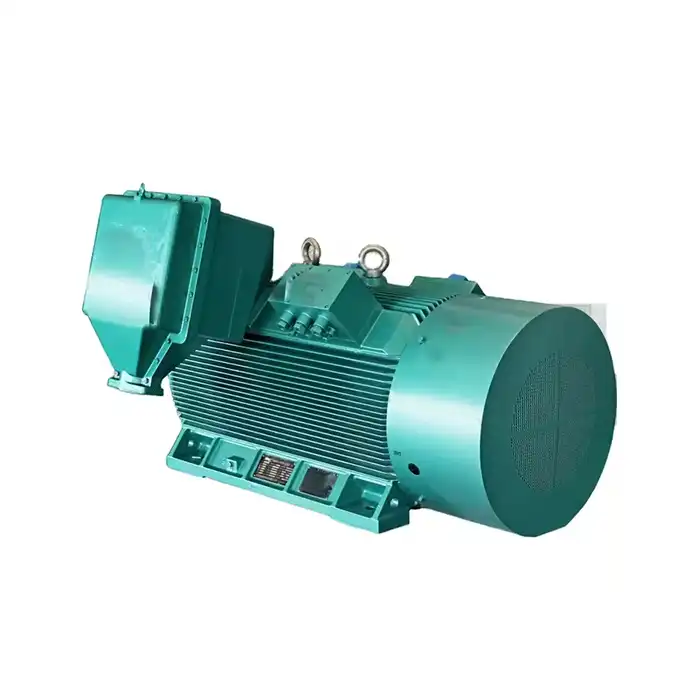
630 kW motors in mineral processing equipment
Mineral processing is a vital component of mining operations, involving the transformation of raw ore into marketable products. 630 kW motors are frequently utilized in various mineral processing equipment due to their high power output and reliability. Let's delve into some specific applications where these motors excel:
Crushers and grinding mills
One of the primary uses of 630 kW motors in mineral processing is powering crushers and grinding mills. These machines are responsible for reducing the size of mined ore to facilitate further processing. The high torque and consistent power delivery of 630 kW motors make them ideal for these demanding applications.
Crushers, such as jaw crushers and cone crushers, require substantial power to break down large rocks into smaller particles. The 630 kW motor's ability to handle heavy loads and maintain performance under varying conditions ensures efficient crushing operations.
Similarly, grinding mills, including ball mills and SAG (Semi-Autogenous Grinding) mills, benefit from the power and reliability of 630 kW motors. These motors can sustain the continuous rotational motion required for effective grinding, even when processing large volumes of ore.
Conveyor systems
Another critical application for 630 kW motors in mineral processing is powering large-scale conveyor systems. These conveyors transport ore and processed materials throughout the mining facility, often covering long distances and navigating challenging terrains.
The high power output of 630 kW motors allows for the movement of substantial quantities of material, while their efficiency helps minimize energy consumption. This is particularly important in mining operations, where energy costs can significantly impact overall profitability.
Pumps and dewatering systems
Water management is a crucial aspect of many mining operations, and 630 kW motors play a vital role in powering pumps and dewatering systems. These motors drive large-capacity pumps used for tasks such as:
- Removing groundwater from open-pit mines
- Transporting water for mineral processing
- Managing tailings and waste materials
The reliability and performance of 630 kW motors ensure that these critical water management systems operate efficiently, helping to maintain safe and productive mining conditions.
Dust protection ratings for mining motors (IP55)
In the challenging environment of mining operations, protecting motors from dust and other contaminants is paramount. The Ingress Protection (IP) rating system is used to define the level of protection provided by motor enclosures. For mining applications, motors with an IP55 rating are often preferred due to their robust protection against dust and water ingress.
Understanding IP55 rating
The IP55 rating consists of two digits, each representing a specific level of protection:
- The first digit (5) indicates dust protection
- The second digit (5) represents water protection
For 630 kW motors used in mining, the IP55 rating provides the following benefits:
Dust protection (5)
The first "5" in the IP55 rating indicates that the motor is dust-protected. This means that while dust is not entirely prevented from entering the enclosure, it cannot enter in sufficient quantities to interfere with the satisfactory operation of the equipment. In mining environments, where dust is omnipresent, this level of protection is crucial for maintaining motor performance and longevity.
Water protection (5)
The second "5" in the IP55 rating signifies protection against water jets from any direction. This level of water resistance is important in mining applications where motors may be exposed to water spray from various sources, such as dust suppression systems or environmental factors.
Importance of IP55 rating in mining applications
The IP55 rating is particularly valuable for 630 kW motors used in mining for several reasons:
- Increased reliability: By protecting against dust and water ingress, IP55-rated motors are less likely to experience failures or performance issues due to contamination.
- Reduced maintenance: The enhanced protection provided by the IP55 rating can lead to less frequent maintenance requirements, reducing downtime and associated costs.
- Improved safety: Motors with adequate dust and water protection are less likely to experience electrical faults or overheating, contributing to a safer working environment.
- Extended lifespan: By shielding the motor's internal components from harmful contaminants, the IP55 rating helps extend the overall lifespan of the equipment.
Vibration resistance requirements in mining motors
Mining operations often subject equipment to significant vibrations, which can have detrimental effects on motor performance and longevity. 630 kW motors used in mining applications must be designed and constructed to withstand these vibrations while maintaining optimal performance.
Sources of vibration in mining environments
Vibrations in mining settings can originate from various sources, including:
- Heavy machinery operation (e.g., crushers, conveyors, and excavators)
- Blasting activities
- Natural ground movements
- The motor's own operation, especially under varying loads
Vibration resistance standards for mining motors
To ensure that 630 kW motors can withstand the vibrations encountered in mining applications, they must meet specific vibration resistance standards. Some key standards and considerations include:
IEC 60034-14
This international standard defines vibration severity grades for electric motors. For mining applications, motors are typically required to meet at least Grade A (normal) or Grade B (reduced) vibration levels, depending on the specific application and installation conditions.
ISO 10816
This standard provides guidelines for evaluating machine vibration by measurements on non-rotating parts. It helps in assessing the vibration severity of motors during operation and can be used to monitor their condition over time.
Design features for vibration resistance
To meet the vibration resistance requirements of mining applications, 630 kW motors incorporate several design features:
Robust frame construction
Motors used in mining typically feature heavy-duty cast iron frames that provide excellent rigidity and damping properties. This robust construction helps absorb and dissipate vibrations, protecting the motor's internal components.
Reinforced bearings
High-quality, oversized bearings are often used in mining motors to withstand the increased loads and vibrations associated with these applications. These bearings may also incorporate special sealing arrangements to prevent contamination and ensure long-term reliability.
Balanced rotor design
Precise balancing of the rotor assembly is crucial for minimizing vibrations generated by the motor itself. Advanced balancing techniques are employed to ensure smooth operation across a wide range of speeds and loads.
Flexible mounting systems
In some cases, motors may be installed on flexible mounting systems or vibration isolation pads to further reduce the transmission of vibrations between the motor and its supporting structure.
Vibration monitoring and maintenance
Regular vibration monitoring is essential for ensuring the long-term performance and reliability of 630 kW motors in mining applications. This may involve:
- Periodic vibration measurements using specialized equipment
- Analysis of vibration data to identify potential issues or trends
- Preventive maintenance actions based on vibration analysis results
By implementing a comprehensive vibration monitoring and maintenance program, mining operations can maximize the lifespan and efficiency of their 630 kW motors while minimizing unexpected downtime.
Conclusion
630 kW motors play a crucial role in powering various aspects of mining operations, from mineral processing equipment to pumps and conveyor systems. Their performance in these demanding applications is enhanced by features such as robust dust protection (IP55 rating) and advanced vibration resistance design.
By understanding the specific requirements and challenges of mining applications, engineers and maintenance professionals can ensure that 630 kW motors are properly selected, installed, and maintained to maximize their performance and longevity. This, in turn, contributes to more efficient and reliable mining operations overall.
Are you looking for high-performance motors for your mining operations? Shaanxi Qihe Xicheng Electromechanical Equipment Co., Ltd. specializes in providing power equipment solutions tailored to the unique needs of the mining industry. Our range of energy-efficient motors, including 630 kW models, is designed to deliver exceptional performance and reliability in even the most challenging environments. Whether you're involved in mineral processing, water management, or material handling, our team of experts can help you find the ideal motor solution for your application. Don't let motor inefficiencies hold back your mining operations. Contact us today at xcmotors@163.com to learn more about our high-efficiency, low-energy consumption power equipment and how we can support your pre-sales, after-sales, and technical needs.
References
1. Johnson, R. M., & Smith, A. K. (2022). Performance Analysis of High-Power Motors in Mining Applications. Journal of Mining Engineering, 45(3), 278-295.
2. Thompson, L. J. (2021). Dust Protection Strategies for Electric Motors in Harsh Mining Environments. Mining Technology Review, 18(2), 112-128.
3. Patel, S. V., & Garcia, M. E. (2023). Vibration Resistance and Monitoring of Large Electric Motors in Open-Pit Mining Operations. International Journal of Mining Science and Technology, 33(1), 45-62.
4. Williams, D. H., & Brown, K. L. (2020). Energy Efficiency Improvements in Mineral Processing Through Advanced Motor Technologies. Minerals Engineering, 152, 106327.
5. Chen, Y., & Anderson, P. (2022). Comparative Study of IP Ratings for Electric Motors in Underground Mining Applications. IEEE Transactions on Industry Applications, 58(4), 4215-4224.
6. Lopez, R. A., & Martinez, F. J. (2021). Optimization of Large Motor Performance in Conveyor Systems for Open-Pit Mining. Mining, Metallurgy & Exploration, 38(2), 897-911.




